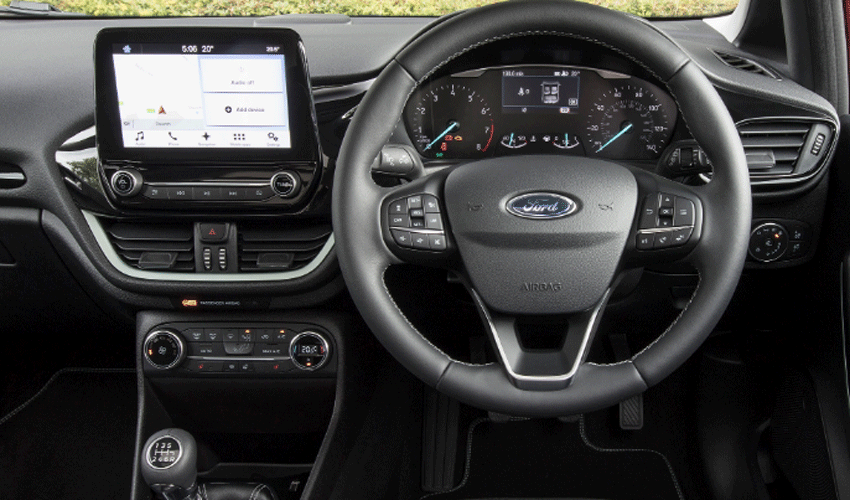
For beginners, learning how to drive can be an exciting time. To become a full-fledged driver, though, you have to get your learner’s permit, learn to drive with a supervisor, and take a driver’s test to get your license.
Other considerations include car insurance. How much is car insurance in Beverley? Insurance costs vary depending on the insurer. Plus, new drivers are often considered high-risk clients. This classification often drives up insurance premium rates.
The sections below provide more useful information on learning to drive in Beverley.
How To Learn to Drive in Beverley
Learner’s Permit
A learner’s permit allows new drivers to practice driving legally. That said, you should start by familiarizing yourself with the car’s controls, the mirrors, steering, pedals, the gear stick or selector, etc. Of course, you need a qualified driver in the car to help you learn.
According to California state law, the person assisting should be licensed and above 25 years. Note that you can’t practice or drive independently with a learner’s permit. You will get your learner’s permit at California’s Department of Motor Vehicles.
You must pass a vision test and a written test that examines basic traffic rules knowledge. Once you get your learner’s permit, you must hold the permit for six months before applying for a license.
Driving With a Supervising Driver or Instructor
A supervising driver can be your guardian, a parent, or a spouse if you are an adult trainee. The supervising driver should teach you the basics of driving, including changing lanes and exiting from significant roads, parking, checking oil and fuel consumption, and defensive driving.
Ideally, it would be best if you practiced with a driving instructor. Driving instructors are trained professionals who regularly teach driving. One advantage an instructor has over a guardian or parent is that the former often have more tips to share. If possible, consider training with an instructor for a few lessons.
However, if you have an experienced driver, you can learn from him or her as well. The more practice you do, the better you become as a trainee driver. You need to do 50 to 100 hours to ace the driving test.
Taking a Driver’s Test
The driver’s test will examine your capability to drive alone without supervision. The tester will sit on the passenger seat and observe your driving skills. Minor errors can make you fail a driver’s test, so you need to be fully prepared before going in.
One rule of thumb to follow is to go in for the test once you’ve satisfactorily completed driving practice. Once you pass your driver’s test, you will get a restricted license.
Getting the Required Car Insurance
It’s also crucial that you have car insurance. In California, drivers must at least have bodily injury liability coverage and uninsured motorist bodily injury coverage, among others. You should keep proof of insurance coverage in your car.
New drivers typically pay higher insurance premiums because they’re tagged as “high-risk.” As such, it’s in your best interest to collect multiple quotes from insurance providers. In doing so, you can find an insurance provider that offers affordable rates for new drivers.
Important Traffic Laws to Remember
As a licensed driver, you’re expected to follow the traffic laws. Some important laws include registering your car with the state of California and keeping your license and registration with you when you drive. You must also wear seatbelts in the car, observe traffic lights and stop signs, and maintain speed limits.
When you are involved in an accident, you should stay at the scene and call 911 if someone is injured. Additionally, you can collect relevant information about the people involved in the accident, including their insurance information, car registration number, contacts, etc. Such information can come in handy for filing insurance claims.
While this isn’t exactly a traffic law, it’s also crucial to keep your vehicle in good shape. Check your oil, mirrors, tires, and brakes to ensure that these are always in proper working order. For security purposes, always keep your car locked. You can also install alarm systems to beef up security.
Keep a safety kit in your car. It doesn’t hurt to prepare for emergencies or bad weather. If you encounter extreme road rage, don’t respond. In the past, accidents caused by road rage had turned fatal when drivers responded. When a police officer signals you to stop, you should pull up on the roadside.
Final Thoughts
Getting your license should be a fun-filled affair. In your first days, the process might confuse you a little but you’ll get the hang of it with more practice. There are serious implications of unprofessional driving so make sure you learn all the basics and traffic rules.
Don’t forget to get suitable insurance for your car. Car insurance not only protects your finances but is also a legal requirement for drivers in California.


